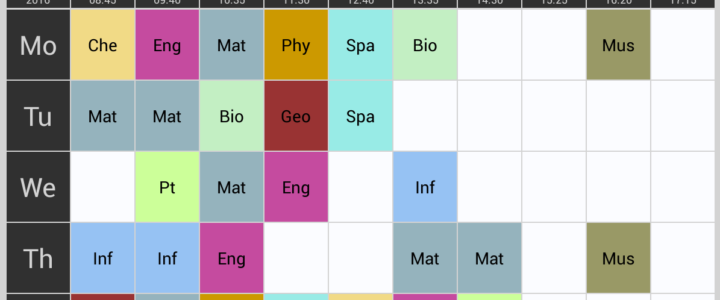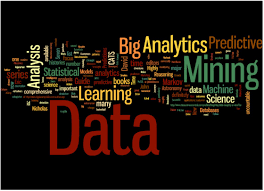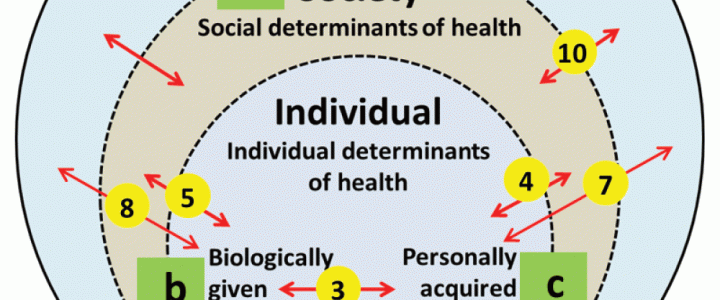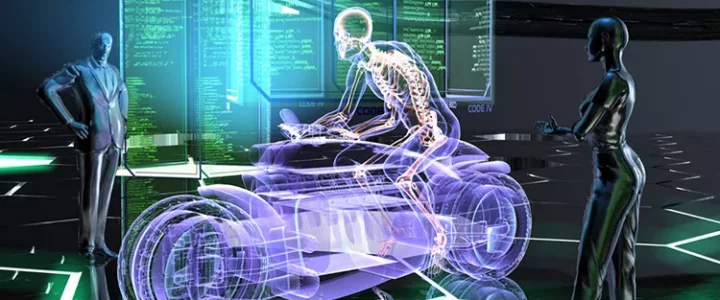Schedule 1st semester 2023-2024


published on 19/10/2022
EXPIRY UPDATE: 26/10/2022
A.A. 2022-23: 19/01/2023 RESULTS ENGLISH C1: http://cla.uniroma2.it/esami-idoneita/

| 2 YEAR | I semester | 6 CFU |
| Mauro De Sanctis | ICT and Internet Engineering (6 of 9) |
| A.Y. 2023-24 | |
| Didatticaweb
Code: 80300052 |

| 2 YEAR | I semester | 6 CFU |
| Tommaso Rossi
Cesare Roseti |
ICT and Internet Engineering |
| A.Y. 2023-24 | |
| Code: SSD: ING-INF/03 |
FORMATIVE OBJECTIVES
The course module provides an overview of the technologies involved in the multimedia application evolution from analogue to digital, from linear television to video on demand. To this aim, the module addresses the main TV standards, the TCP/IP protocols involved in modern streaming services, the network architectures and the different service modes.
PREREQUISITES: A good background in TCP/IP protocols.
SYLLABUS:
PARTE I – Digital TV standards, MPEG-2 and Transport Stream, IP encapsulation over DVB.
PARTE II – IP multicast, IGMP, IP multicast routing
PARTE III – Transport protocols for IP multimedia applications; Video streaming applications and CDN, the multimedia protocol stack, RTP and RTCP, multimedia signalling protocols: RTSP, SDP and SIP, Key Performance Indicators.
PARTE IV -Adaptive Streaming over HTTP, MPEG-DASH, Support to multimedia applications over 5G.


| 2 YEAR | II semester | 6 CFU |
| Patrizio Tomei (4cfu) Eugenio Martinelli (2cfu) |
A.Y. 2023-24 |
| SANTOSUOSSO Giovanni Luca | A.Y. 2024-25 (new name “Identification and Neural Networks” |
| Didatticaweb | |
| Code: 80300088 SSD: ING-INF/04 |
Pre-requirement: The basics of systems theory and control are required.
LEARNING OUTCOMES: The course aims to provide the basic techniques for the design of predictors, filters, and adaptive controllers.
KNOWLEDGE AND UNDERSTANDING: Students must obtain a detailed understanding of design techniques with the help of MATLAB-SIMULINK to solve industrial problems of adaptive filtering, adaptive prediction, and adaptive control.
APPLYING KNOWLEDGE AND UNDERSTANDING: Students must be able to apply the project techniques learned in the course even in different industrial situations than those examined in the various phases of the course.
MAKING JUDGEMENTS: Students must be able to apply the appropriate design technique to the specific cases examined, choosing the most effective algorithms.
COMMUNICATION SKILLS: Students must be able to communicate using the terminology used for filtering, prediction, and adaptive control. They must also be able to provide logical and progressive exposures starting from the basics, from structural properties, from modeling to the design of algorithms, without requiring particular prerequisites. Students are believed to be able to understand the main results of a technical publication on the course topics. Guided individual projects (which include the use of Matlab-Simulink) require assiduous participation and exchange of ideas.
LEARNING SKILLS: Students must be able to identify the appropriate techniques and algorithms in real cases that arise in industrial applications. Furthermore, it is believed that students have the ability to modify the algorithms learned during the course in order to adapt them to particular situations under consideration.
Texts
Adaptive Filtering Prediction and Control, Graham C. Goodwin, Kwai Sang Sin, Dover Publications, 2009.

| 2 YEAR | 2 semester | 9 CFU |
| Stefano Bifaretti |
A.Y. 2021-22 |
| Stefano Bifaretti (7cfu)
Cristina Terlizzi (2cfu) |
A.Y. 2022-23 1st Year I semester A.Y. 2023-24 (NOT HELD) A.Y. 2024-25 |
| Code: 8039781 SSD: ING-INF/01 |
LEARNING OUTCOMES:
The Power Electronics and Electrical Drives course aims to provide a basic understanding of the power semiconductors of the main electronic circuits used for the static conversion of electrical energy as well as the electrical drives. The student will acquire the ability to analyse and perform an initial sizing of power electronic converters operating in either direct or alternating current.
KNOWLEDGE AND UNDERSTANDING:
The student will be gradually guided to the knowledge of the functional characteristics and behavior of the main static power converters used, in particular, in industrial applications, in Distributed Generation Systems and in power trains of electical vehicles. In order to improve the topics understanding, the use of Matlab-Simulink specific packages for the simulation of electronic power converters is illustrated.
APPLYING KNOWLEDGE AND UNDERSTANDING:
The knowledge acquired during the course allows the student to select the topology and size of the power converter in relation to the final design.
Different application examples, in particular devoted to distributed energy generation plants, uninterruptible power supplies and electric mobility will allow the student to improve his ability to apply the acquired knowledge.
MAKING JUDGEMENTS:
The student will be able to collect and process specialized technical information on power converters and verify their validity.
COMMUNICATION SKILLS:
The student will be able to relate with power electronics specialists in order to request the technical information necessary for the development of a project activity.
LEARNING SKILLS:
The skills acquired during the course will allow the student to undertake, with a high degree of autonomy, subsequent studies or apply for technical roles in companies working in the field.
SYLLABUS:
POWER SEMICONDUCTORS
Power Semiconductors employed in Power Electronics converters: Diodes, BJT, MOSFET, IGBT, Thyristors, Wide Bandgap Semiconductors).
Static and dynamic behavior. Thermal behavior. Conduction and switching losses.
Technical specifications provided by manufacturers’ datasheets. Driving circuits.
POWER CONVERTER TOPOLOGIES
Behavioral characteristics: unidirectional and bidirectional energy transfer, controlled voltage sources. Analysis method of power converters.
DC-DC Converters. Buck, Boost, Buck-Boost. Switching losses reduction. Average Model. Modulation techniques (PWM, PFM, PRM). Output voltage open-loop control. Closed-loop control. Current control.Half and Full Bridge DC-DC converters.
DC-AC Converters (Inverters). Half and Full Bridge DC-AC single-phase converters based on static switches. Three-phase converters. Modulation techniques. Selective Harmonic Elimination (SHE). Sinusoidal Pulse Width Modulation (SPWM).
Rectifiers: Single-phase and three-phase diode rectifiers. Single-phase and three-phase force-commutated PWM rectifiers: topologies, voltage and current controls. Power Factor Corrector (PFC). Effects on grid side of power converters. Generalized power factor. Compliance with grid codes.
Isolated DC-DC converter.
ELECTRICAL DRIVES
Introduction to Electrical Drives. DC, Permanent Magnet Synchronous Motors and Induction Motors. DC motors model.
Power Electronics Applications
Power Converters simulation using Matlab-Simulink/Simpowersystem.
Photovoltaic Conversion Systems.
Power trains for electrical vehicles. Battery chargers.
